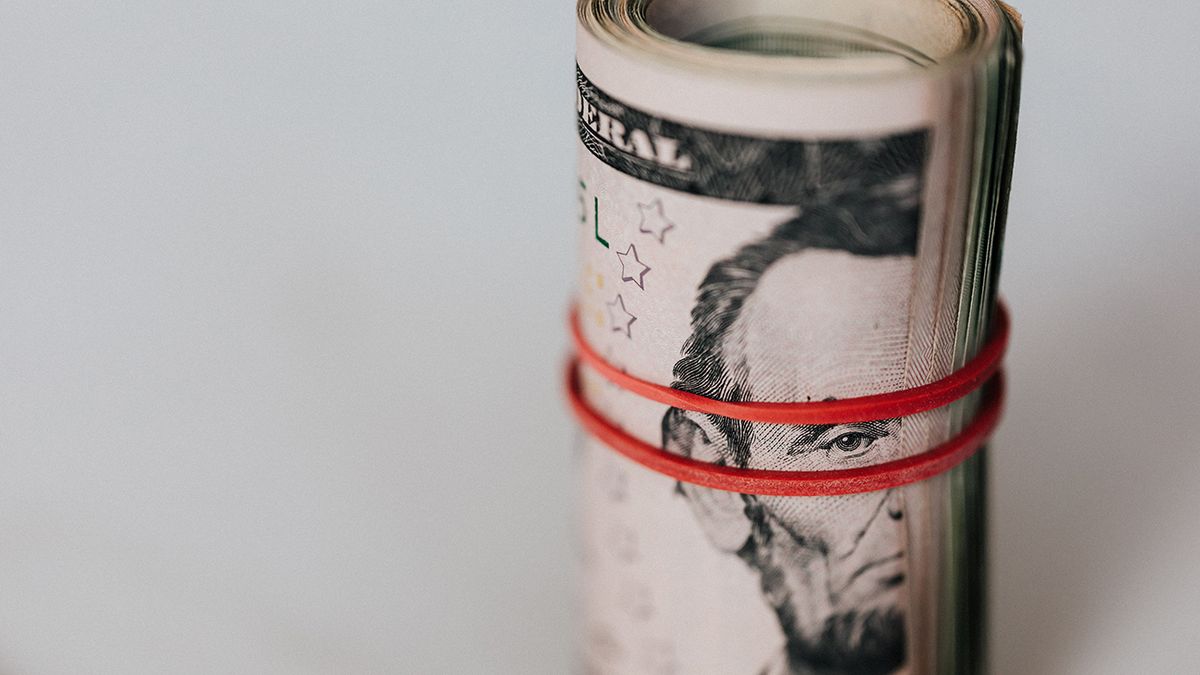The US currency closed down and was once again on the verge of returning to the 37-peso range.
He dollar in Uruguay It continues to cause headaches and it does not seem that the situation is going to change substantially in the short term: with a new drop, the currency was on the brink of falling into the 37-peso rangewhere much of a black June was for the exchange rate.
The content you want to access is exclusive to subscribers.
The dollar had a negative behavior in the second exchange day of the week —with the interval for the Tuesday holiday— which had opened upwards, consolidating a price above 38 pesos. However the 0.14% retracement compared to Monday and the closing of the price at 38,002 pesos, according to official data from the Central Bank of Uruguay (BCU) turn the lights back on alarms in the sectors that were beginning to glimpse a very moderate optimism.


Although the US currency accumulates an appreciation of 1.59% so far in July, it is still not enough to recover all that was lost in the previous month, which set negative records in an exchange rate that is far behind and significantly affects directly to the country’s competitiveness in international markets.
In this context, the fall of the dollar back to the range of 37 pesos would be an alarm signal for the exporting sectors and for the monetary authorities of the country, especially after the lowering of the reference interest rates by the BCU —as long as this measure, the main tool of monetary policy for intervention on the value of the dollar, would not seem to have been sufficient, with a very moderate positive impact on the price of the US currency.
Meanwhile, the interannual fall is 9.05%and the exporting sectors continue to demand an improvement in the exchange rate and, therefore, in the competitiveness of the economy vis-à-vis its main competitors in foreign trade.
The loss of competitiveness, a systematic phenomenon
Although the exchange rate delay situation has a strong impact in Uruguay, it is not the only country in the region that suffers from a loss of competitiveness. According to the economist and former foreign minister Ernesto Talvi, “We are facing a systemic phenomenon of loss of value of the dollar and the consequent loss of competitiveness in both emerging and advanced countries.”
For Talvi, “throughout the region there are understandable criticism from the exporting sectors who see how their profit margins narrow or even disappear”; and the origin of this problem is found in the fact that the countries of Latin America interest rates began to rise before the United States Federal Reserve (Fed)in order to contain inflation. This led international and local investors to seek to secure “the juicy spreads between the yields of the domestic currency securities of the Latin American countries and the yields of the short-term securities in United States dollars, before the rates interest rates begin to fall and the differentials to reduce”. That was what caused a “strong” supply of dollars and massive appreciations of Latin American currencies.
Likewise, for the Economic Research Center (Cinve), the only problem for Uruguayan competitiveness is not the monetary policy of the BCU and the price relationship with the United States —which marks a delay of the order of 25% in the exchange rate—; but also the exchange difference with Argentina, which today registers a delay of 60%.
Source: Ambito




